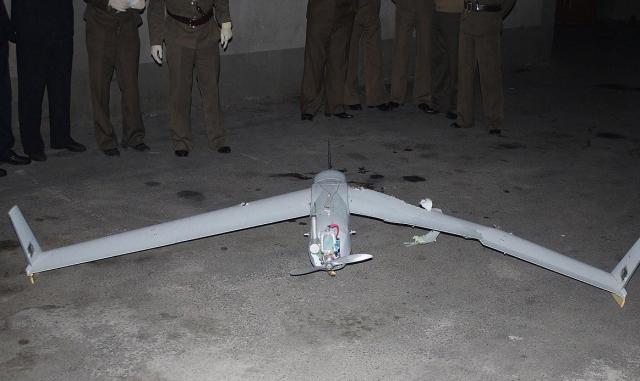
[Gettyimages Bank]
Drones in urban areas can be really tricky to shoot down. Currently, the most effective way to take down a flying drone is to use a device that can direct electromagnetic pulse (EMP) waves toward the target. EMP waves would "fry" the electronics in its path. Although EMP lasts can surely bring down drones, broadband EMP could cause collateral damage to surrounding environments in urban areas filled with electronics. To avoid such disastrous situations, some anti-drone devices use radio frequency jammers to block off target drones from their control towers.
The Korea Advanced Institute of Science & Technology (KAIST) said that its research team used a narrowband EMP technique that can effectively target and take down a drone. Researchers found that each different drone's circuit board had different weaknesses to electromagnetic interference. They were able to collect information on the unique EMI characteristics of different drone makers and enable anti-drone devices to specify and selectively hunt down drones by frying the circuits.
If a group of ally drones made by the "A" brand is in the same area as a group of enemy drones made by the "B" brand, the newly-developed technology would enable the military and law enforcers to only take down the enemy drones made by the B brand, KAIST said. Through a demonstration, the researchers found that an anti-drone device using the narrowband EMP technique can shoot down a drone about 10 meters (32 feet) away.
"Through upgrades, this anti-drone technology can be used to protect South Korean people from attacks from suicide drones and drone fleets," KAIST researcher Kim Yong-dae said in a statement on January 31.
KAIST released information about its new narrowband EMP anti-drone technology about one month after a handful of North Korean drones entered the airspace of Seoul and its neighboring cities on December 26, 2022. According to information released by the Joint Chief of Staff in December 2022, multiple North Korean drones flew south across the Demilitarized Zone. Some five drones were witnessed.
The JCS said one of the drones flew across the northern region of Seoul for about an hour. The defense ministry admitted on January 5 that Seoul's airspace was breached by North Korean drones.
When North Korean drones were detected, the South Korean Air Force scrambled fighter jets including F-15K and KA-1 fighter jets. The Army also deployed attack helicopters such as AH-64, also known by its nickname "Apache," and AH-1 "Cobra" in an effort to intercept the UAVs, but South Korean warbirds were not able to shoot down the North Korean drones because they could cause collateral damage when they crash into populated areas.




